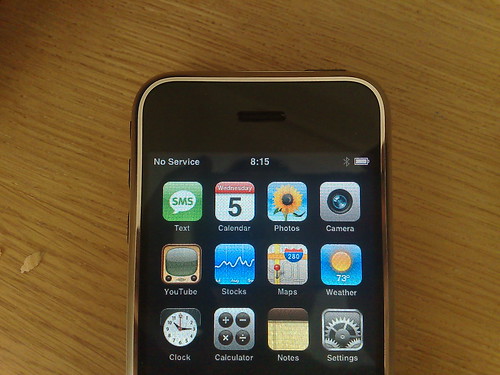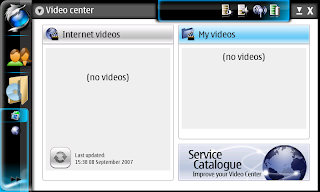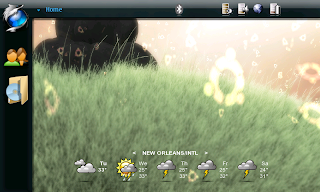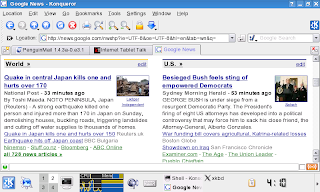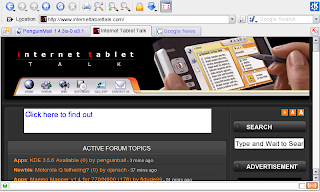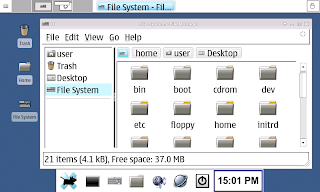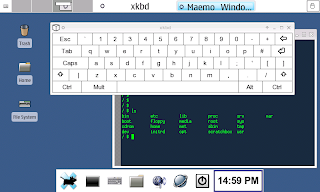
Ok, when it comes to media players, the Internet Tablet has them coming out of every corner of the earth from every kind of person in existence. But, there are three main third-party media
centers. We'll go one by one through each and see what they're really about, and which is right for for. Let's get to it!
First, the big dog, Canola
Ok, this program is pretty freaking sweet. Everything is very well organized into simple menus, and everything is pretty well supported. Music, Pictures, Videos, and Internet Radio.

The interface, which is beautiful, is completely finger driven, which... is awesome. This release is pretty cool, but, there are some downsides. Main thing I don't like it that you can't scroll through your lists except for one song at a time. Which is a pain in the ass. But, overall, pretty nicely down. It's got a huge user base (comparatively) and it's future looks bright... sorta like this:
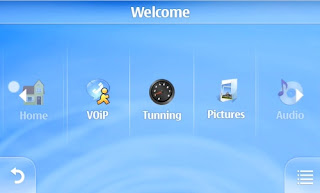 Next Media Center: Kagu
Next Media Center: Kagu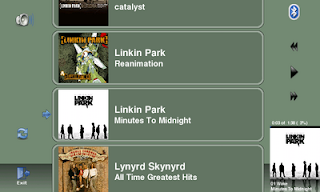
Ok, another awesome program. Big features here.
+ AD2P Support
If you install the bluetooth sound packages for the n800, you can stream it to your headphones with any further mussing with your system.
+ Kinetic scrolling
I absolutely love the scrolling style used here... BUT, it's really unresponsive and I really find it a pain compared to, well, we'll get to the next player in a second.
What I don't like about Kagu is the UI. I hate the colors and it's just damned ugly. BUT (what is with these buts??) they have built in a theme system into Kagu, so... if someone takes the initiative, it could be pretty decent looking!
And our last player, UKMP
Pretty sweet program, in my opinion. This has the best of both world (Canola and Kagu). It is as simple and intuitive as Canola, while retaining the, ehm... "coolness" and functionality of kinetic scrolling. Like Kagu, it will automatically catalog your songs and download the covers for each of the song's albums.
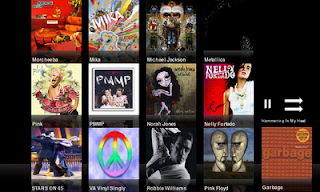
Which, if you just want to show off... is perfect ;)
iPhone scrolling with a crapload of cool looking album covers.
OK!
Summary:I love all these players, I do. But... at the moment, I really do prefer UKMP. It's got a decent UI, kinetic scrolling, automatic album cover fetching, and themeability.
(In the future, though... Canola is starting to really shape up ;) )









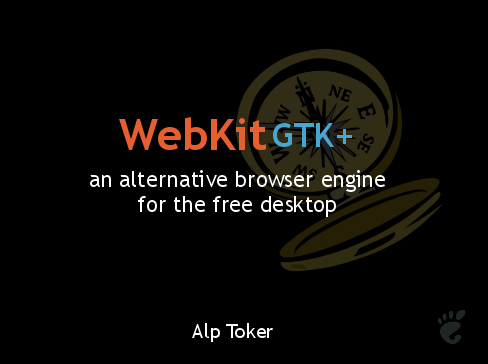
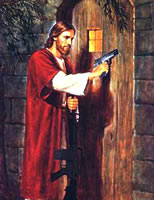 “You have to understand, John was raised in a church, on the Bible. That’s where he got his character; that’s where he got his convictions; that’s where he got his concerns. And that’s what he lived and died by. Now, that’s different than most of the world, you have to understand,” Smith says. “We believe that’s why we love our country and serve our country, die for our country if need be.”
“You have to understand, John was raised in a church, on the Bible. That’s where he got his character; that’s where he got his convictions; that’s where he got his concerns. And that’s what he lived and died by. Now, that’s different than most of the world, you have to understand,” Smith says. “We believe that’s why we love our country and serve our country, die for our country if need be.”